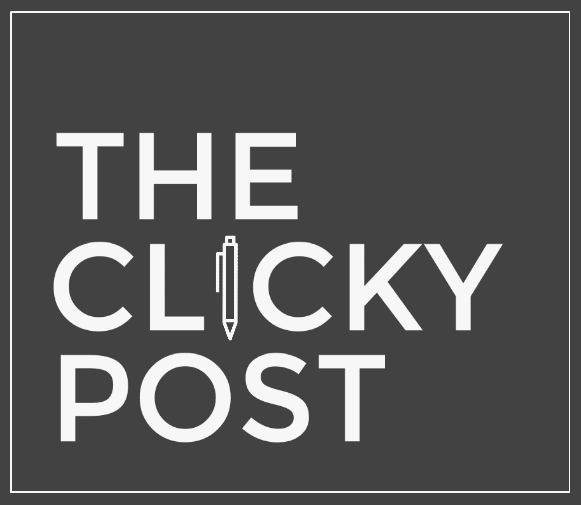There are a few companies that I really enjoy that have a philosophy of heirloom quality goods that are not only functional and stylish, but that will be something you will buy and keep forever.
One of those companies is ATELEIA Craft & Design run by Chris Williams, the creator of and proprietor of the shop.
ATELEIA specializes in unique handmade leather goods as well as sleek and minimal machined pens in brass, aluminum, copper, and my personal favorite, the stainless steel edition.
I've owned a lot of pens and nothing stands out quite like the ATELEIA. They make for an awesome gift (or as a purchase for yourself) if you have someone who appreciates high quality and a minimal yet elegant style.
Please take a moment to check out the awesome wares in the ATELEIA shop and take and special thanks to ATELEIA for their sponsorship of The Clicky Post!

